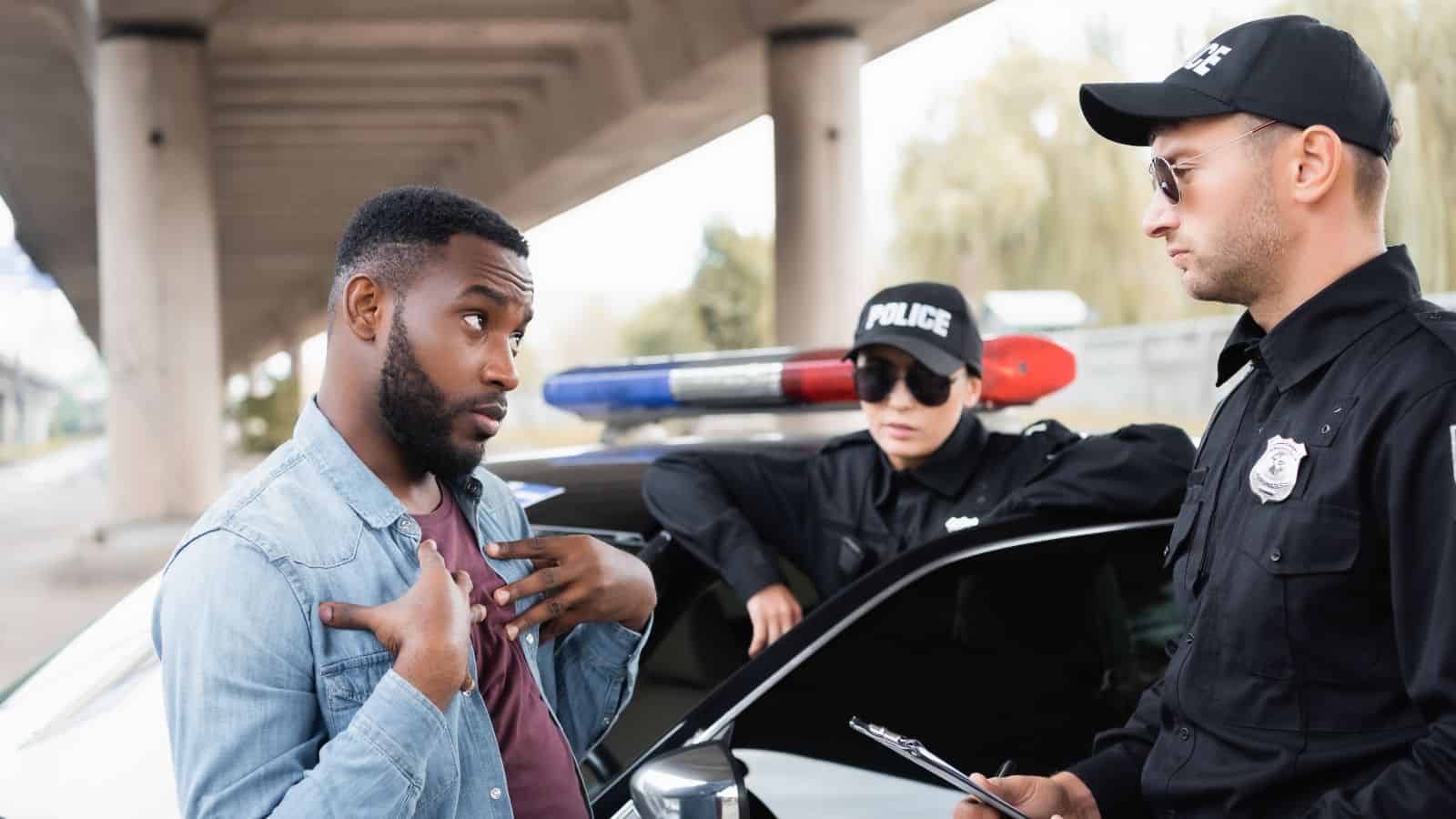Police officers are trained to be vigilant and observant when patrolling neighborhoods to ensure the safety and security of the community. They look for various things to identify suspicious activity or potential threats. Here are 19 key things that cops monitor when patrolling neighborhoods.
Unusual Behavior
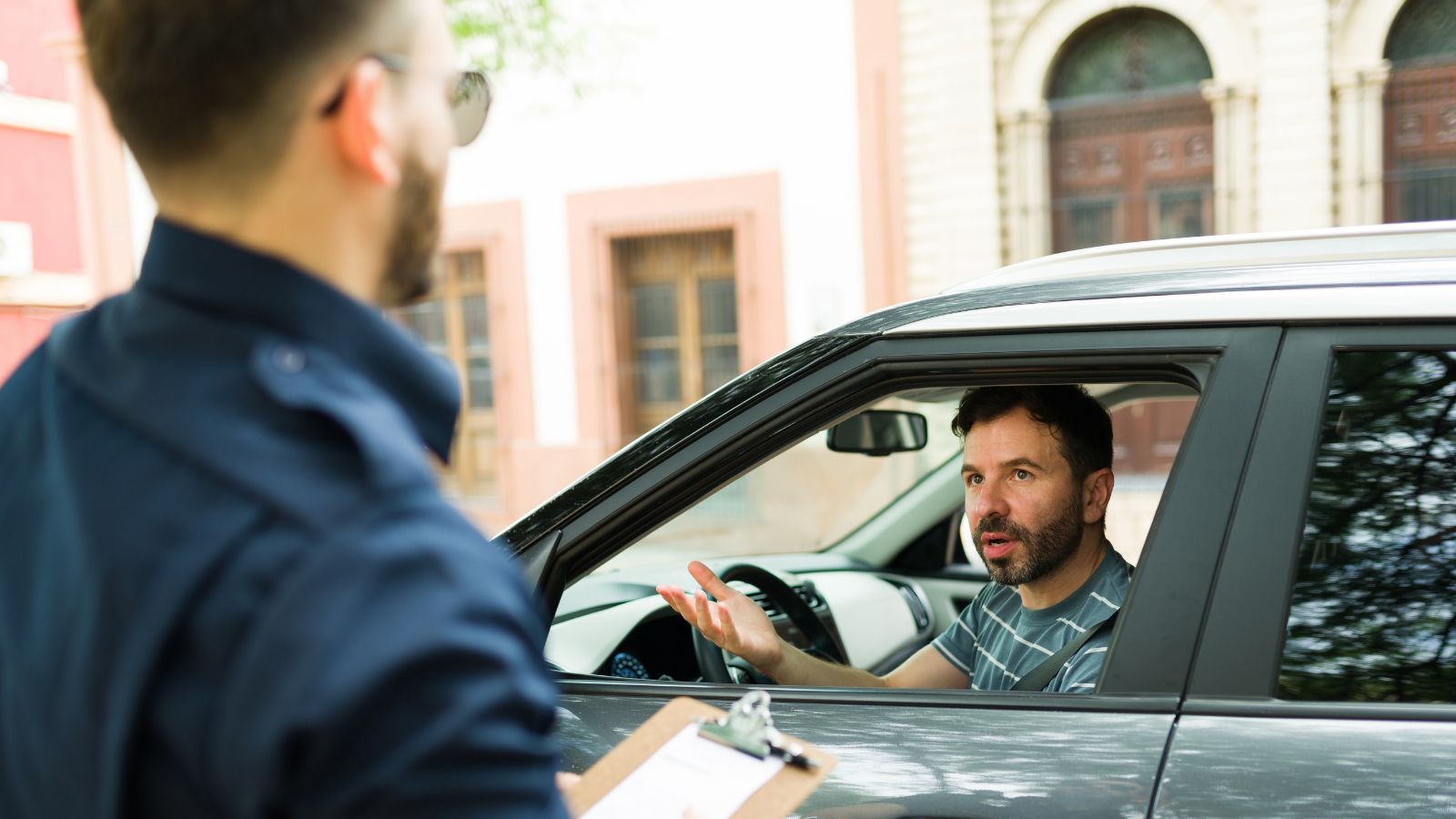
Police watch for unusual behavior when patrolling neighborhoods. This behavior could include people loitering in areas where they typically wouldn’t be, acting nervously and avoiding eye contact with officers, or repeatedly passing by the same location without a clear purpose.
Signs of Burglary
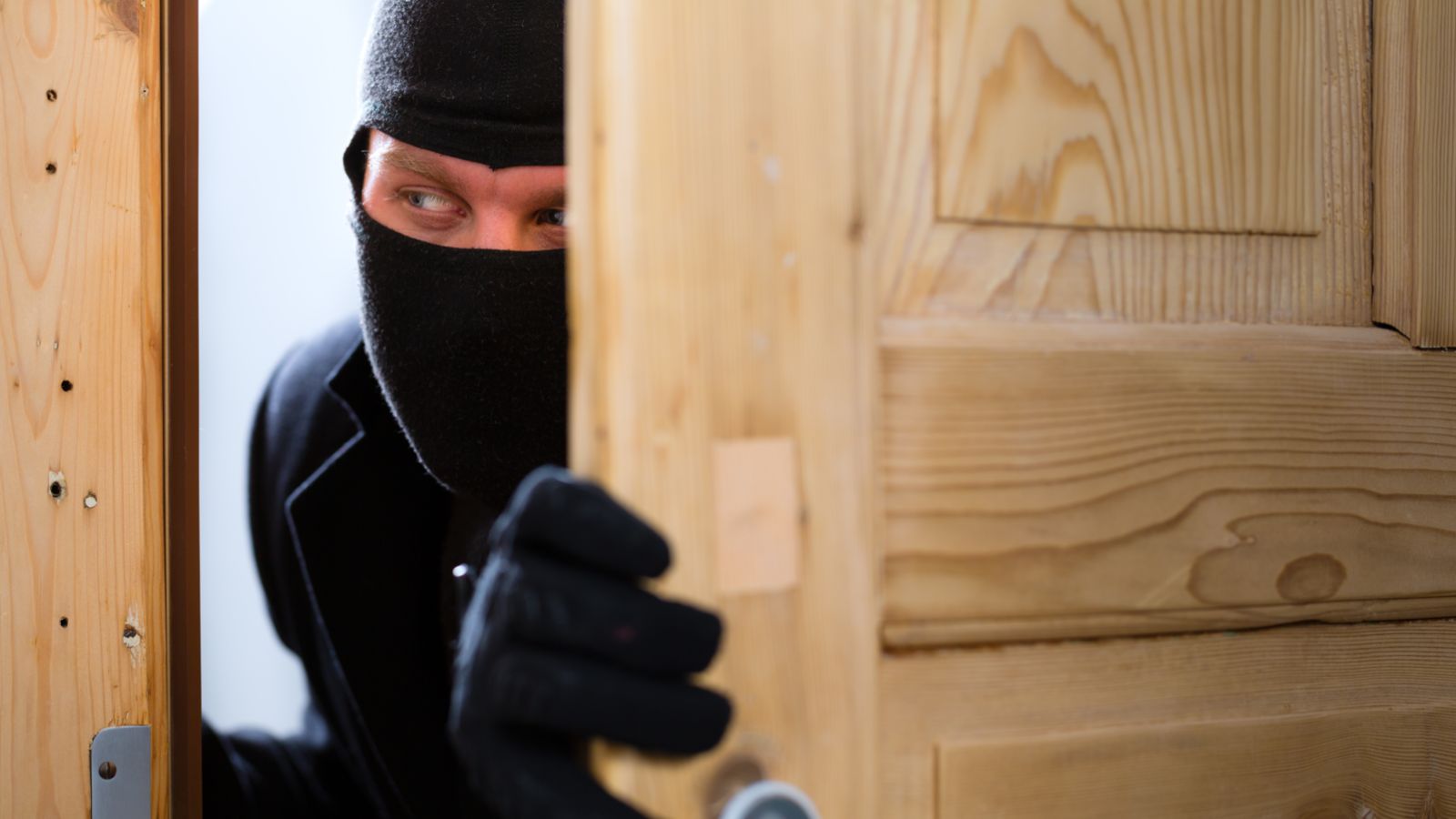
Unfortunately, burglaries are common, with Forbes reporting that “burglaries happen every 26 seconds.” Cops on patrol will look for signs of burglaries, such as broken windows and doors or open gates and fences that appear to have been tampered with.
Suspicious Vehicles
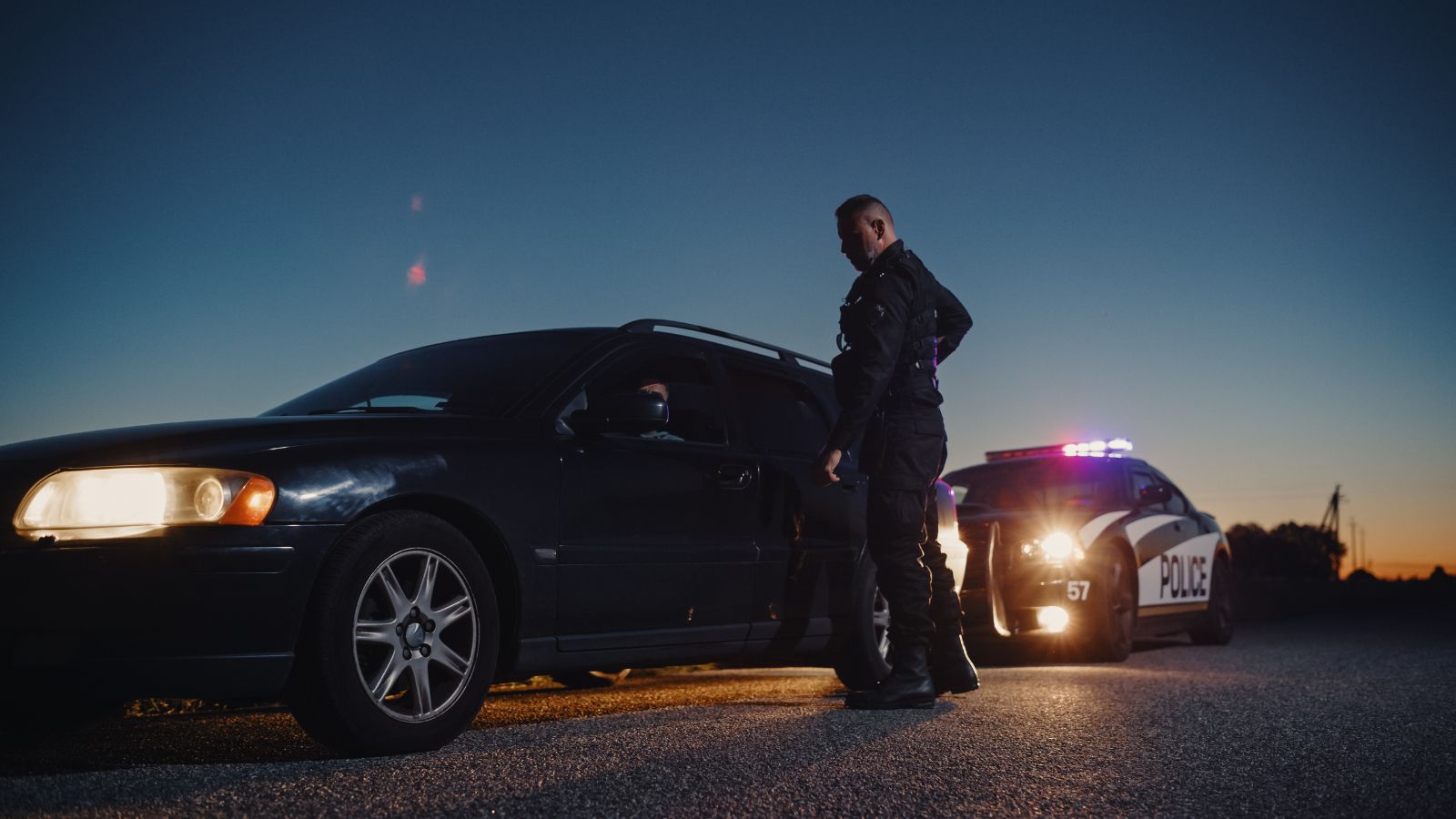
Suspicious vehicles will be on police’s radar when they patrol neighborhoods. Cars parked in unusual places for long periods of time, unfamiliar vehicles repeatedly spotted in the area at strange hours, and vehicles with obscured or missing license plates would be considered suspicious.
Unfamiliar Faces
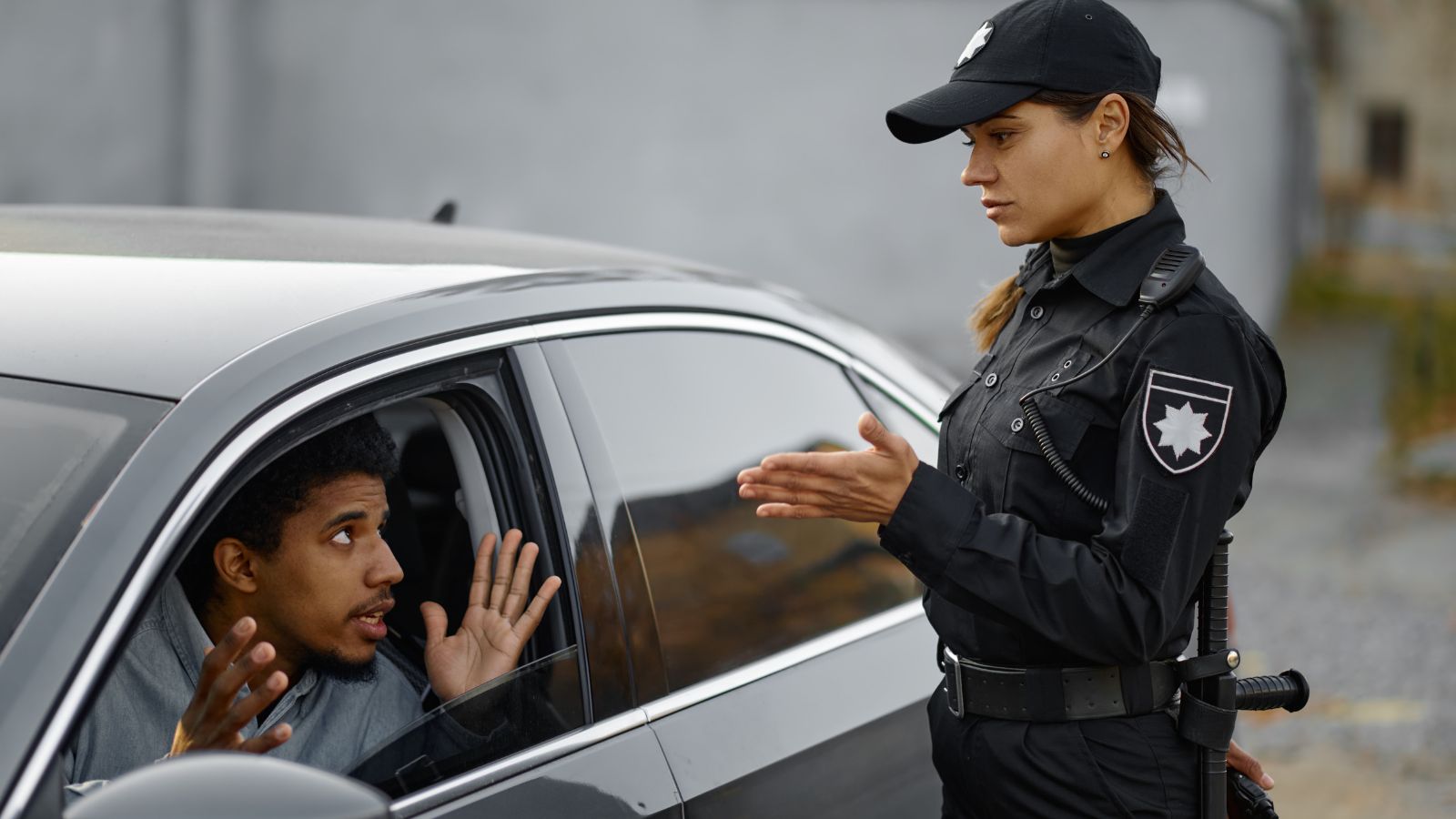
Police are often familiar with most of the residents of the neighborhood. Cops would be suspicious of people who don’t seem to belong to the area and any strangers that they see entering or exiting homes without any apparent reason. Groups that suddenly gather before quickly dispersing are also monitored.
Poorly Lit Areas
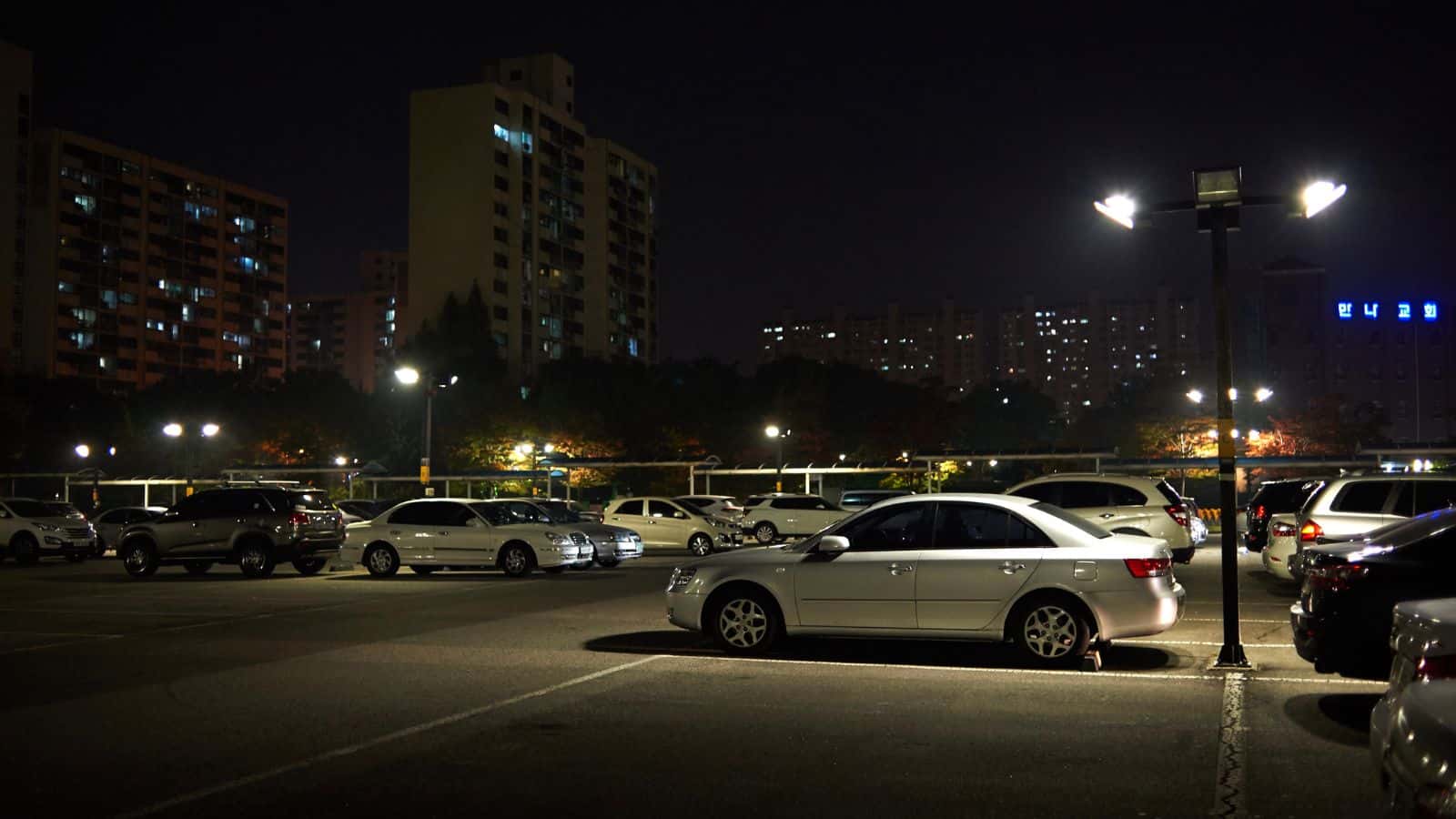
Cops should monitor poorly lit areas, as these can provide good cover for criminals. Police prioritize places with limited lighting or dark spots where street lights are out and properties without good outdoor lighting.
Signs of Drug Activity

According to The New York Times, “drugs have been the top reason people have been arrested in the United States for at least the past 10 years.” So, noticing exchanges of packages or money or strong chemical smells coming from homes or vehicles is high on the police’s checklist when on patrol.
Graffiti and Vandalism
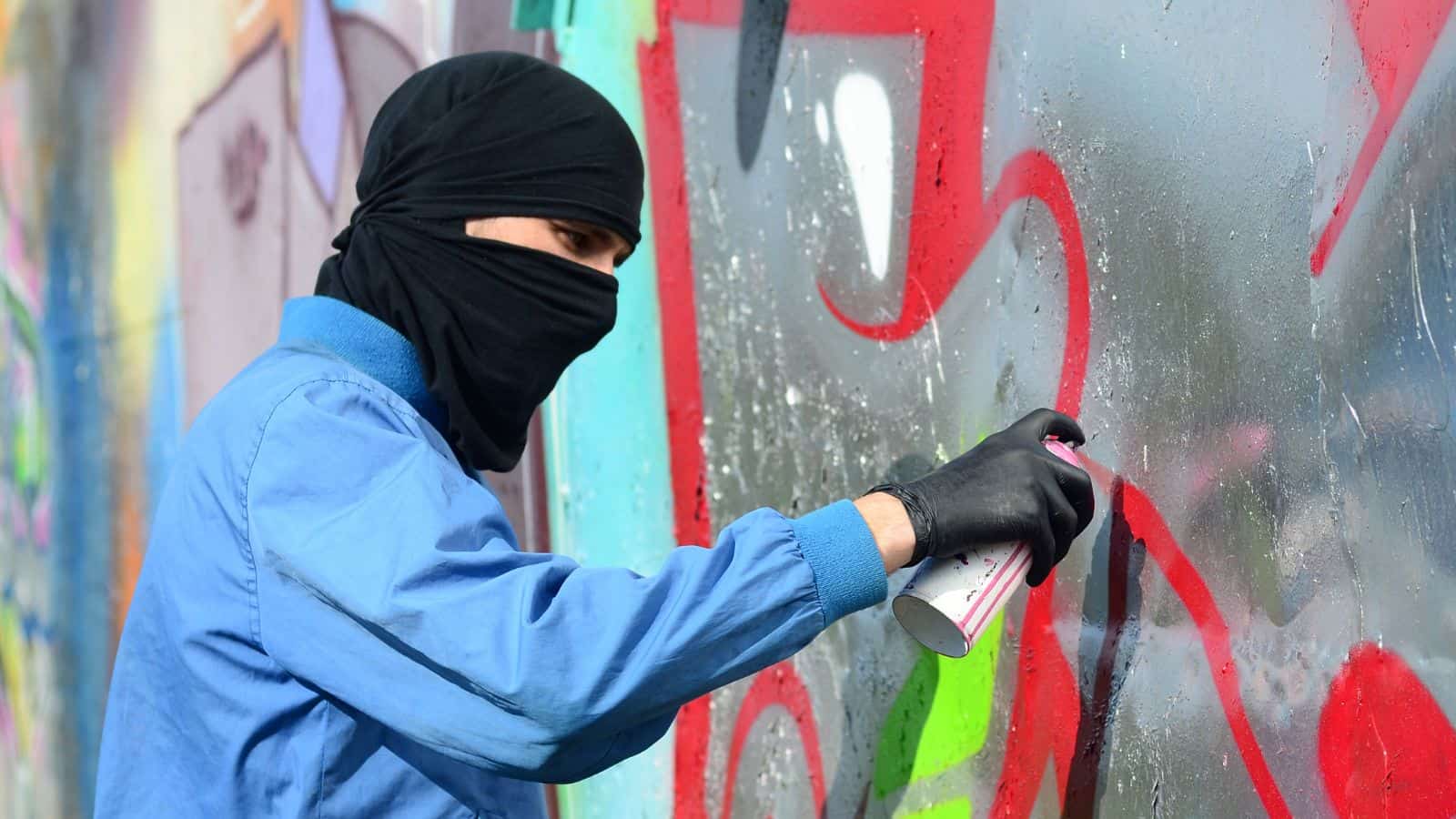
Patrolling cops have their eyes peeled for graffiti and vandalism, especially gang-related tags. Vandalized properties and damaged public property are good indicators of recent criminal activity, and officers will then monitor these areas. That’s why they say never return to the scene of the crime!
Loitering Near Schools
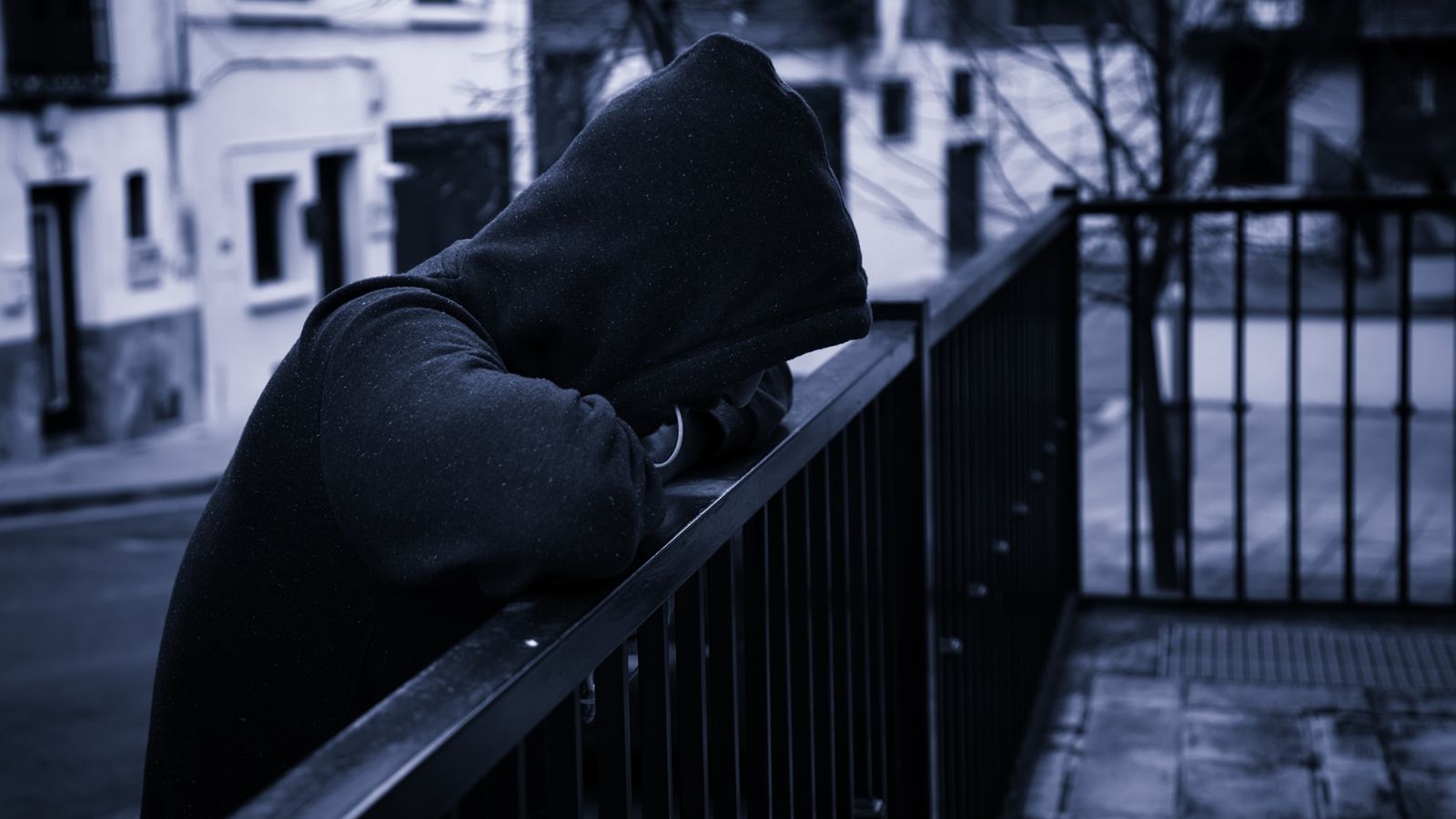
Adults loitering near schools is a sure sign of something dodgy. Police officers will look for people watching children in a suspicious manner and groups gathering near school entrances. Try not to look suspicious when you pick your kid up from school, or else you might get in trouble!
Open Garage Doors
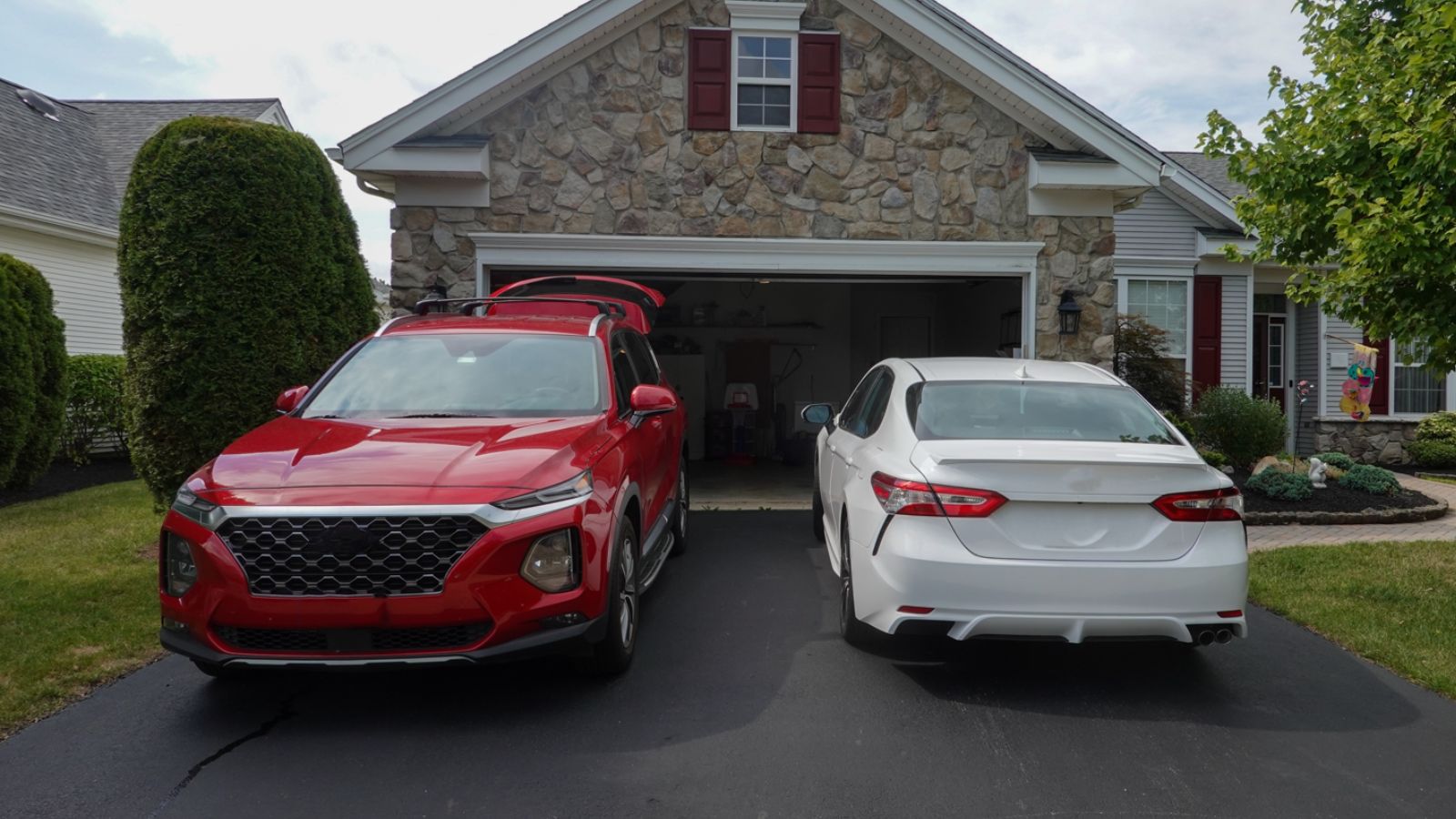
Garage doors that are left open for a long time without anyone around are often monitored by police on patrol. Cops will pay attention to this, as there’s often access to valuable items inside garages, and they are a potential entry point for burglars.
Illegal Dumping
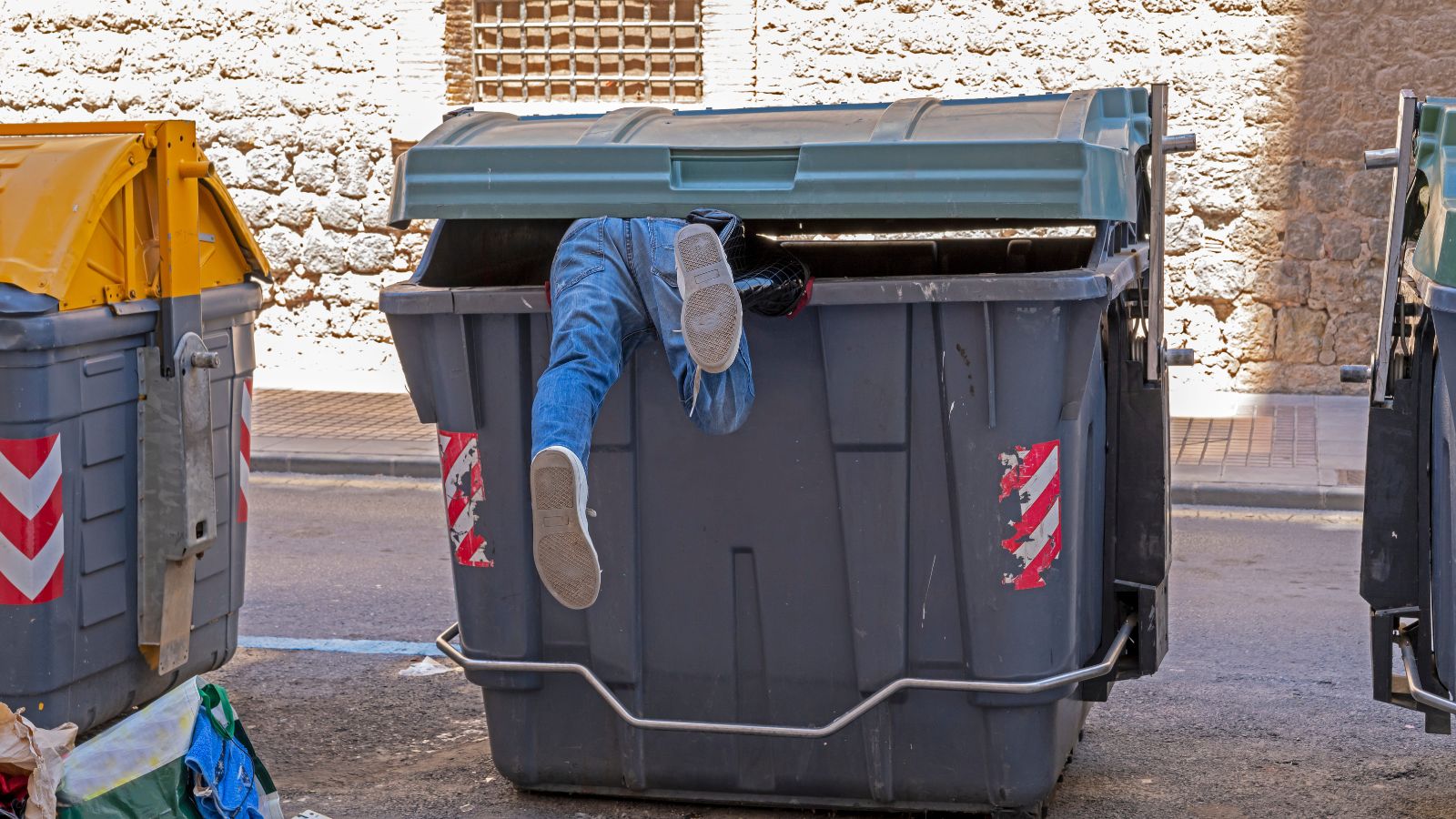
Cops will watch for illegal dumping in the neighborhood they patrol. This can include trash or large items dumped in vacant lots or on the street or construction debris left on sidewalks or in alleys.
Public Disturbances
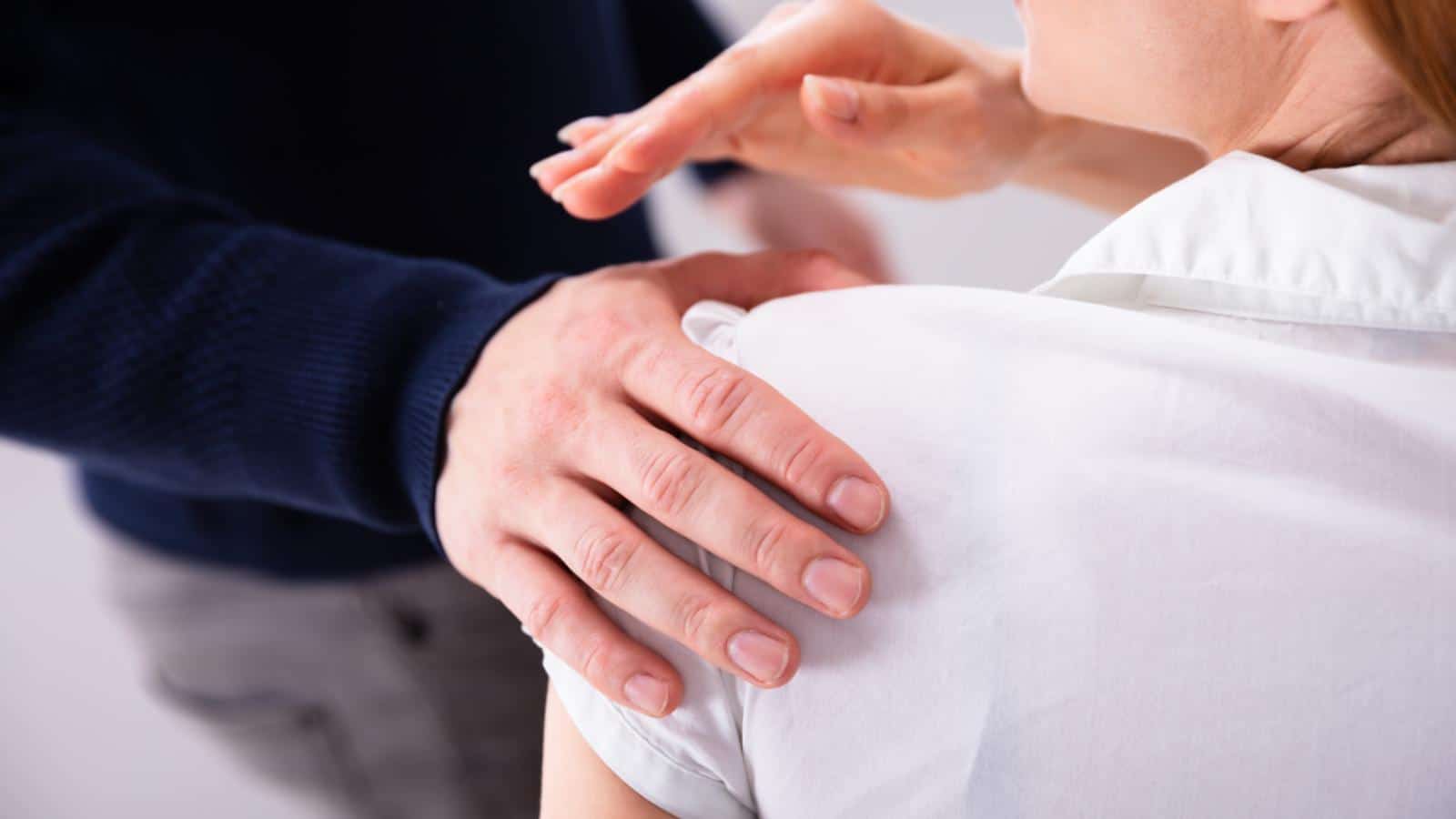
Public disturbances always get cops’ attention when on patrol. The Metropolitan Police describe antisocial behavior as “behavior by a person which causes, or is likely to cause, harassment, alarm or distress to persons not of the same household as the person.” This can include loud arguments, fights, or excessive noise at night.
Signs of Trespassing
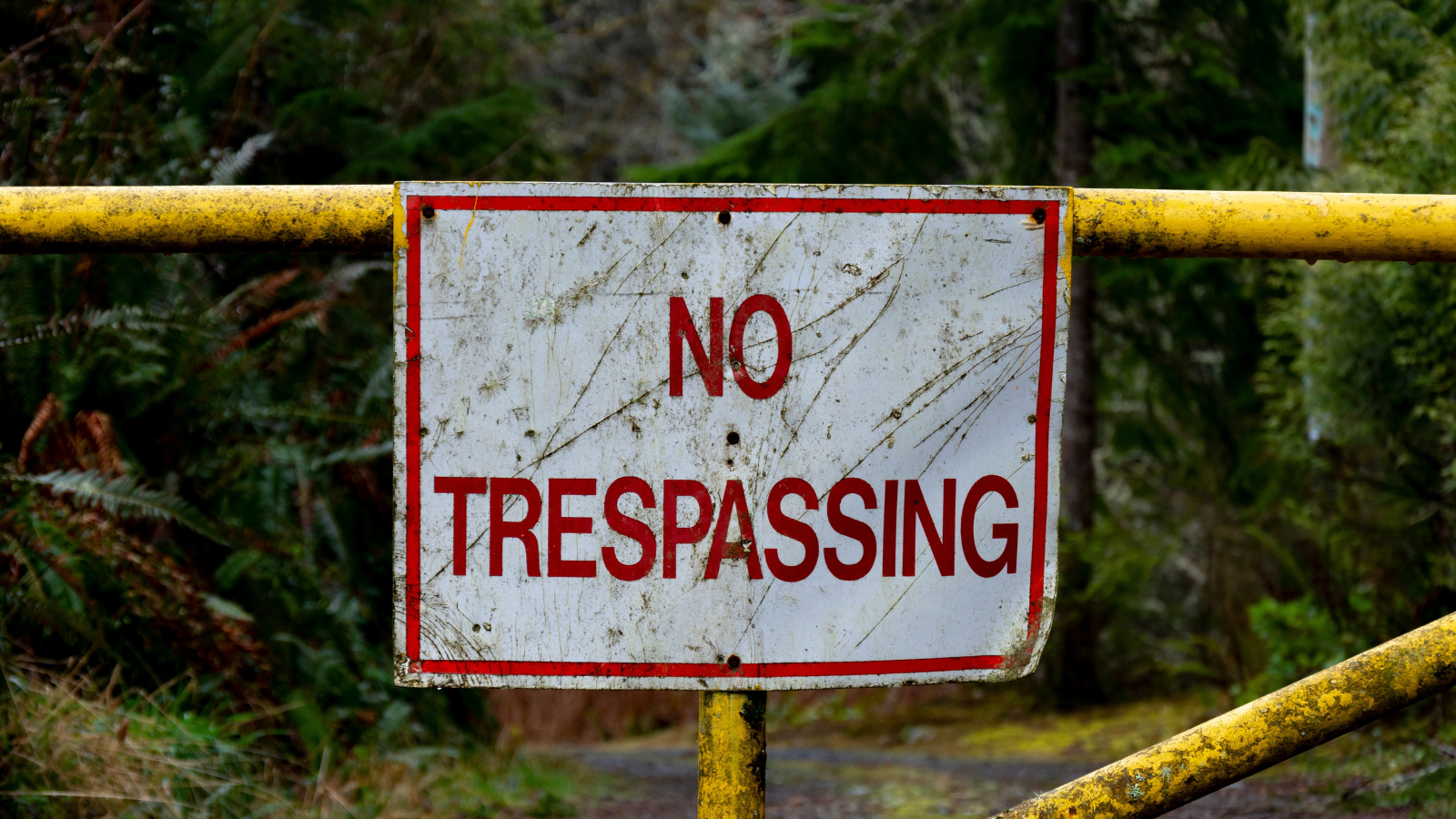
Patrolling officers inspect areas for signs of trespassing. They look for footprints or tire tracks leading to private properties and might see people crossing fences or barriers. Cops also respond to reports of unknown people in private backyards.
Suspicious Deliveries
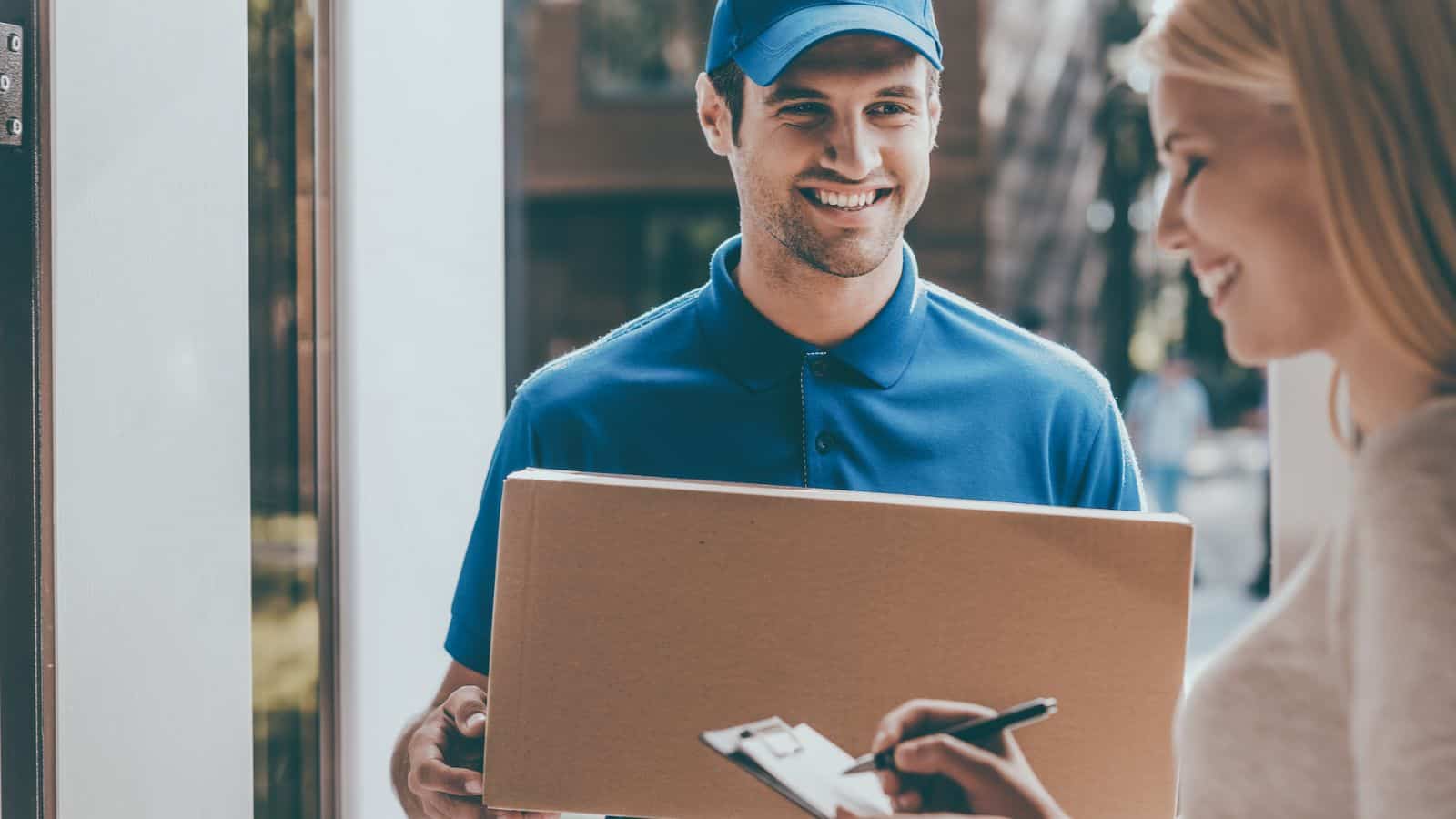
Police are trained to monitor suspicious deliveries when patrolling a neighborhood. They might witness deliveries of packages late at night or frequent deliveries to a single residence over a short period. Parcels that appear to be handled with particular caution or secrecy will also strike cops as suspicious.
Visible Security Measures
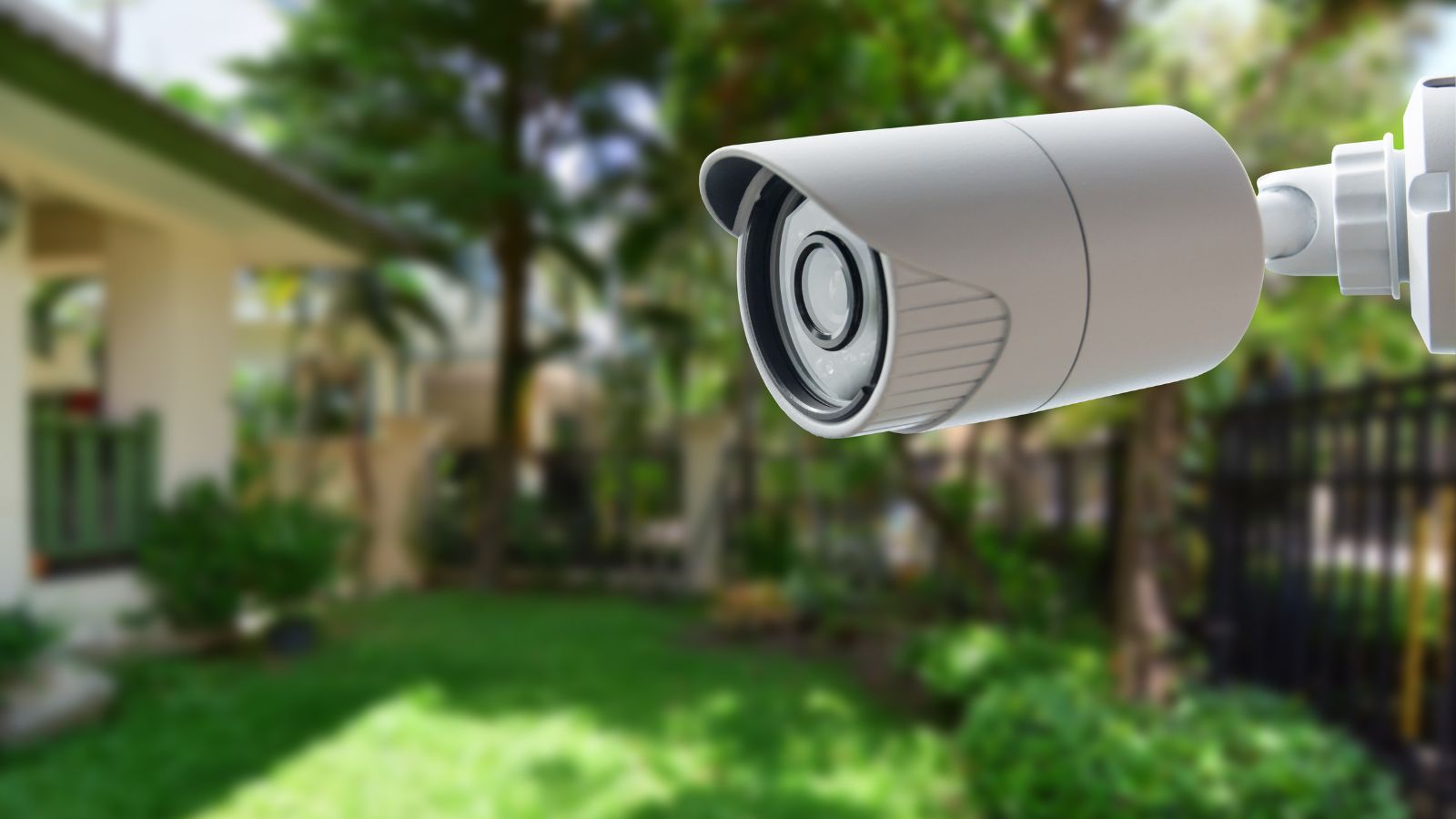
Officers on patrol will monitor homes with visible security measures. These homes might have new or additional locks and cameras or security signs that show the property has an alarm system. Cops will also note residents who are visibly upgrading their security measures.
Abandoned Buildings
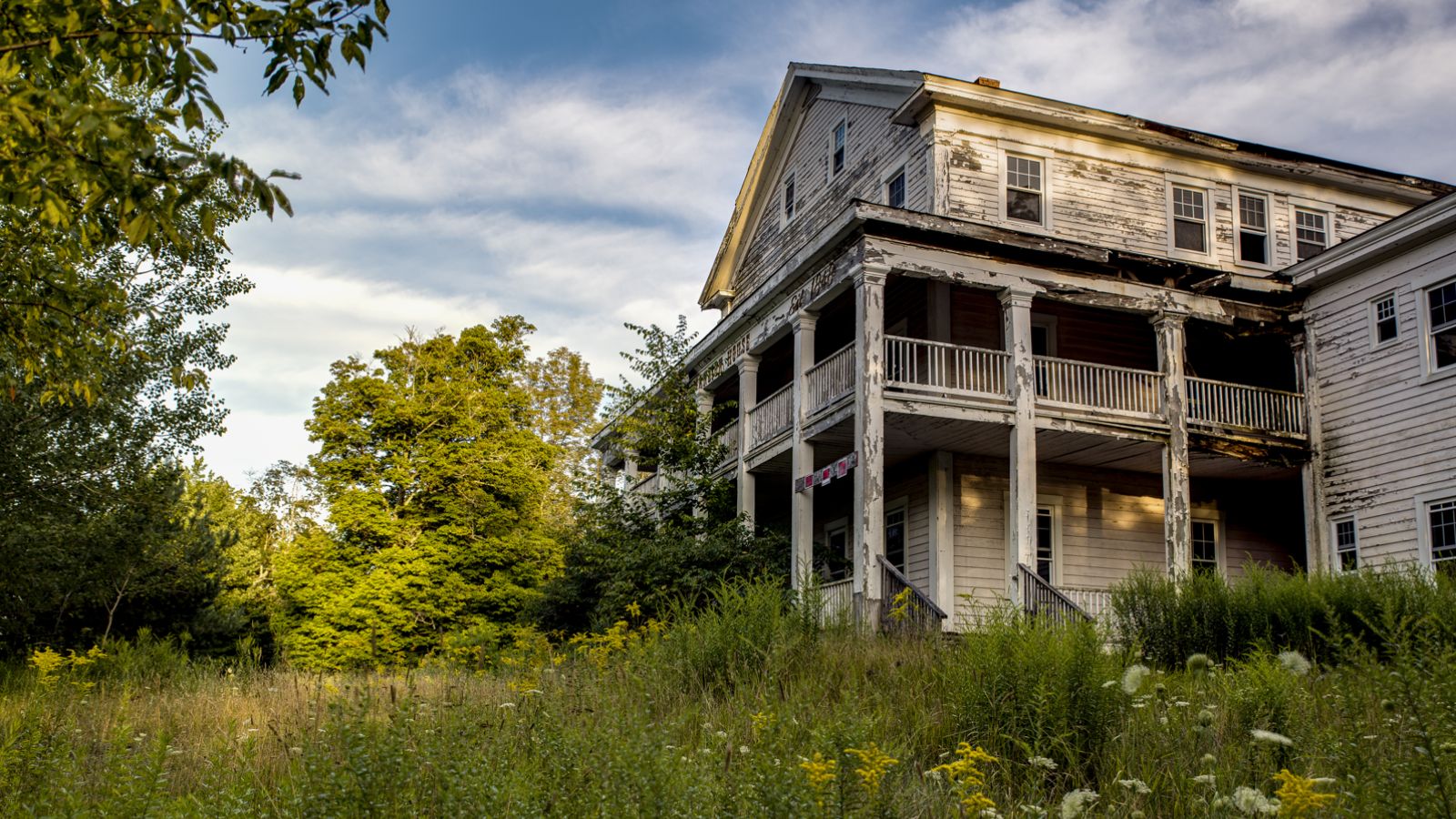
Thrill-seekers often visit abandoned buildings for fun, and they can also be hotspots for criminal activity, so police tend to check on abandoned buildings when they’re on patrol. Newly broken windows or doors in empty buildings and reports of people entering and exiting abandoned structures will pique cops’ interest.
Unattended Packages or Bags
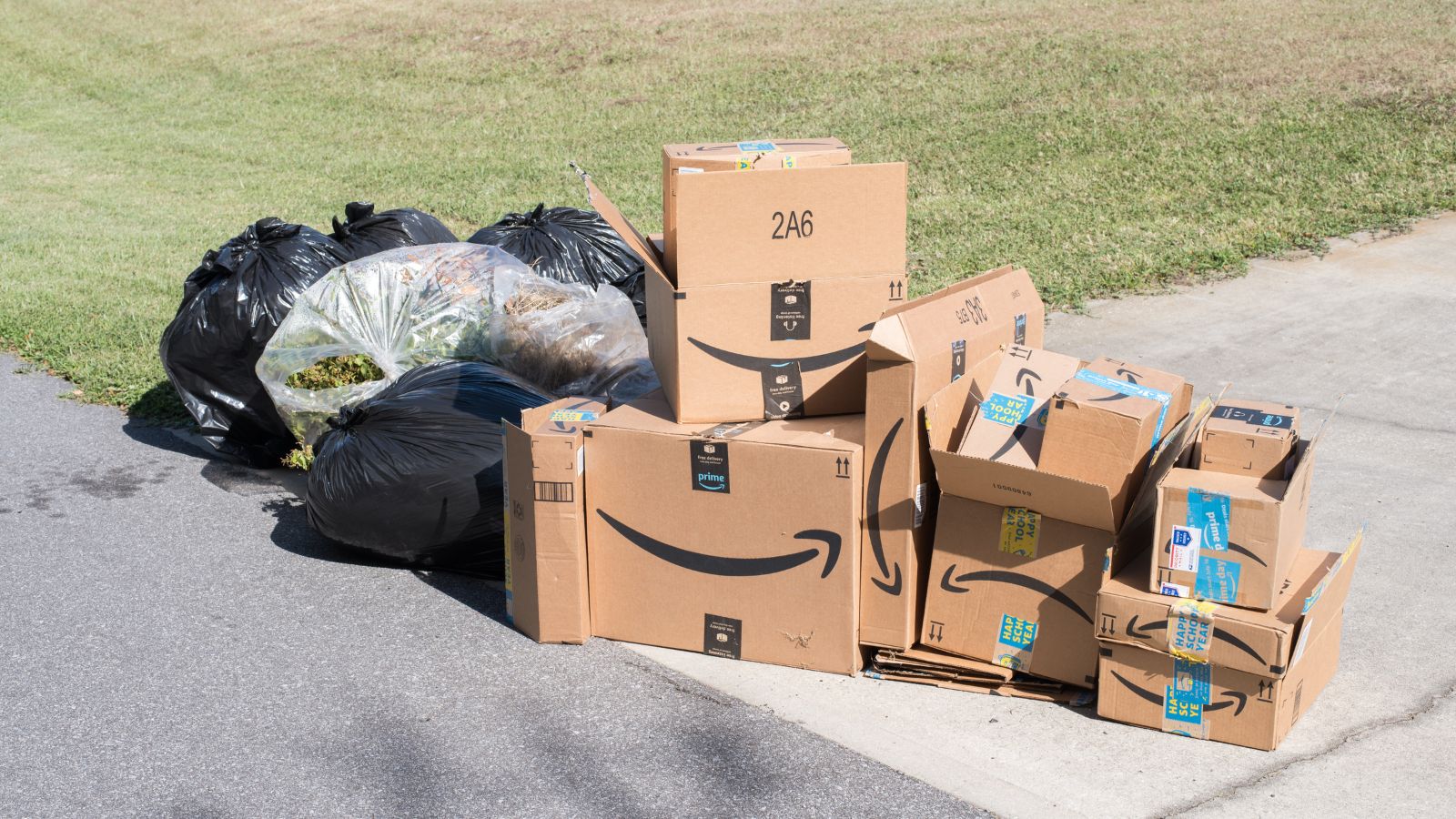
Verywell Mind says that “abandoned packages or suitcases in unusual places” are considered suspicious by police. When patrolling neighborhoods, cops look out for bags left unattended in public spaces, especially ones placed near buildings, in open areas, or hidden in corners.
Unsupervised Children
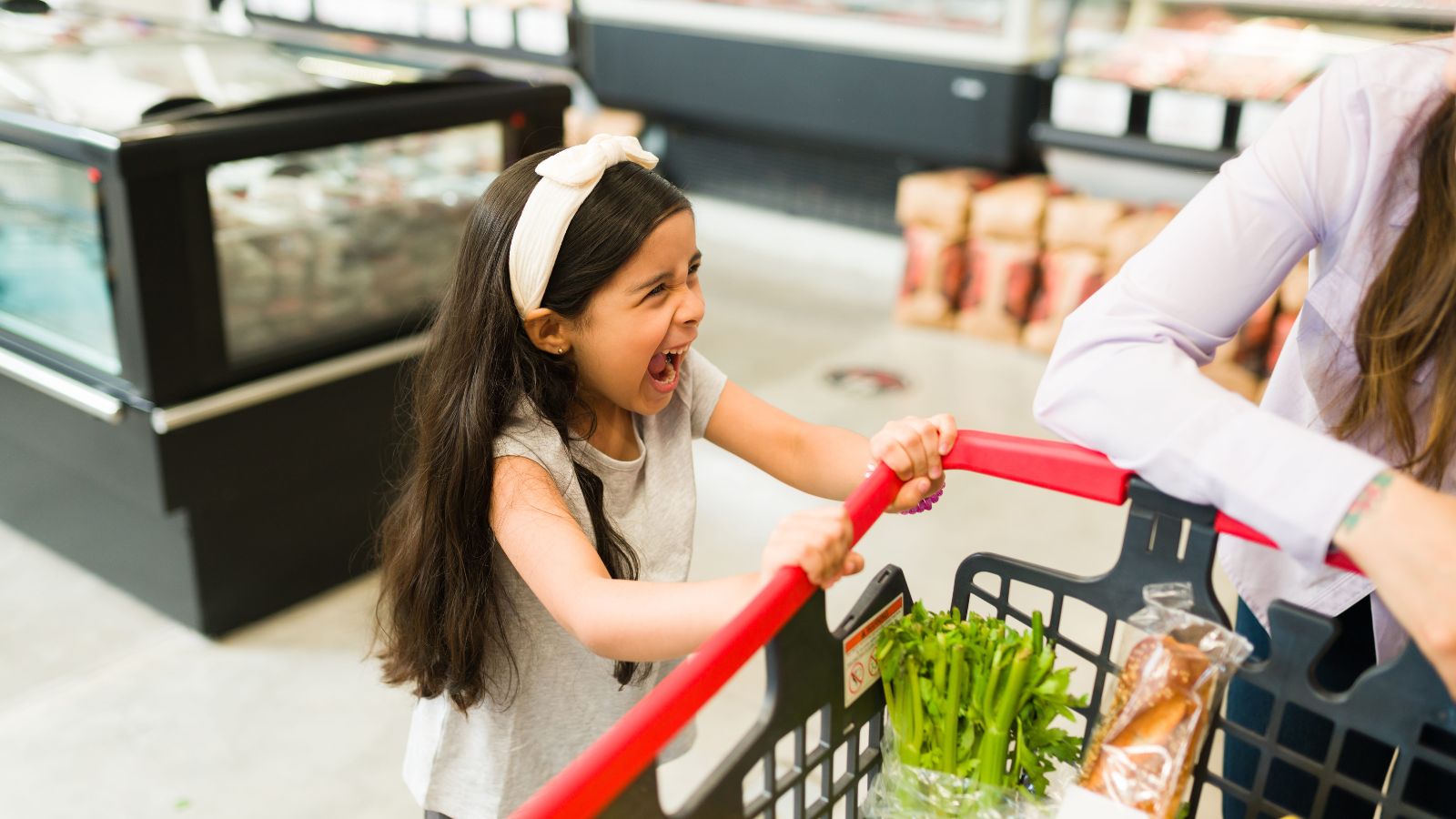
Cops sometimes come across children wandering the streets without any supervision or young children who have been left alone in public places, and they’re trained in how to handle this situation whenever it arises. They may also receive reports of children in potentially dangerous situations while they’re patrolling the neighborhood.
Strange Animal Activity
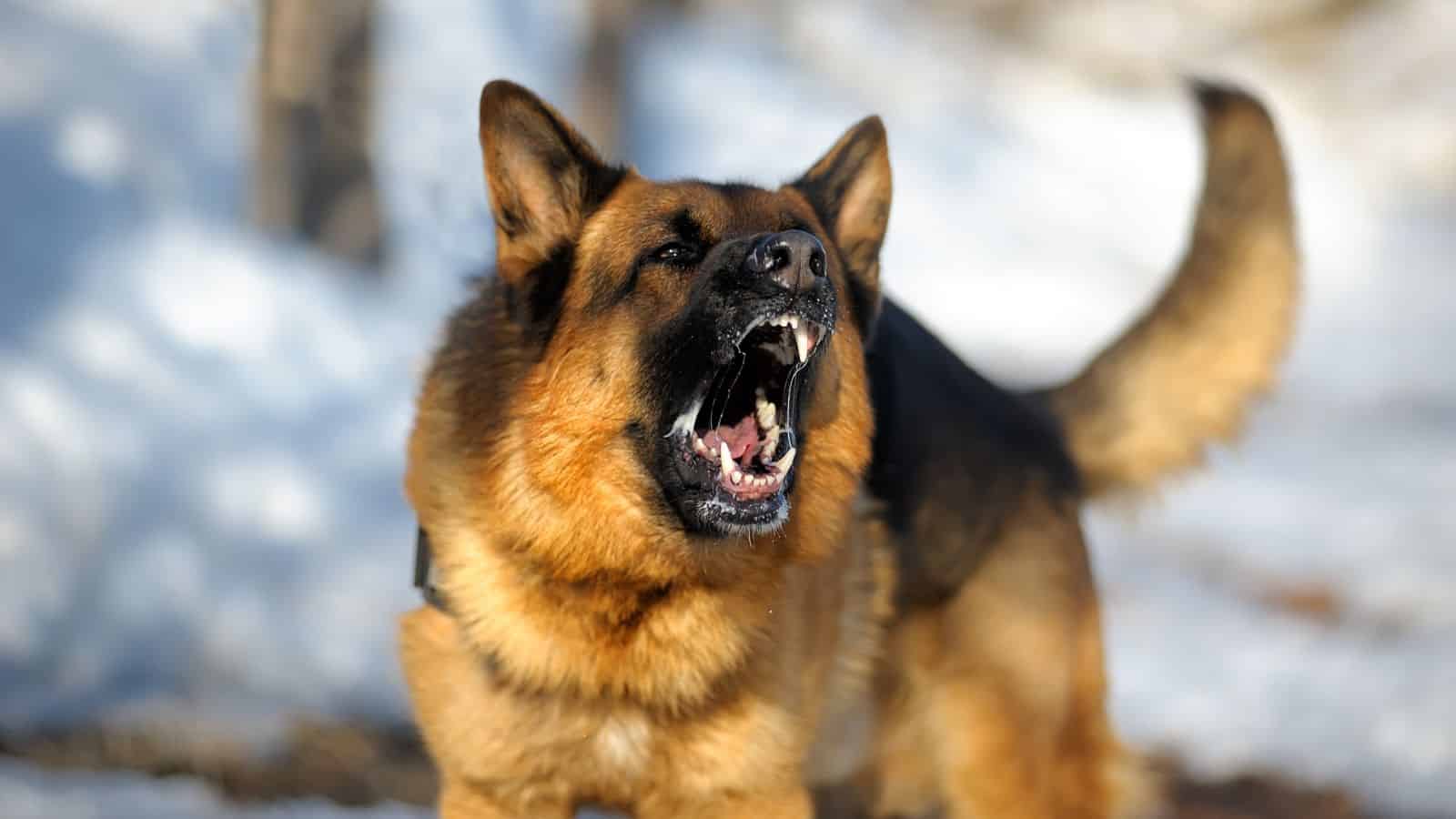
When on patrol, police are taught to look for strange animal activity, such as pets wandering around without their owners or stray animals that are injured or acting aggressively. They’ll also look into reports of animal abuse or neglect.
Blocked Driveways and Entrances
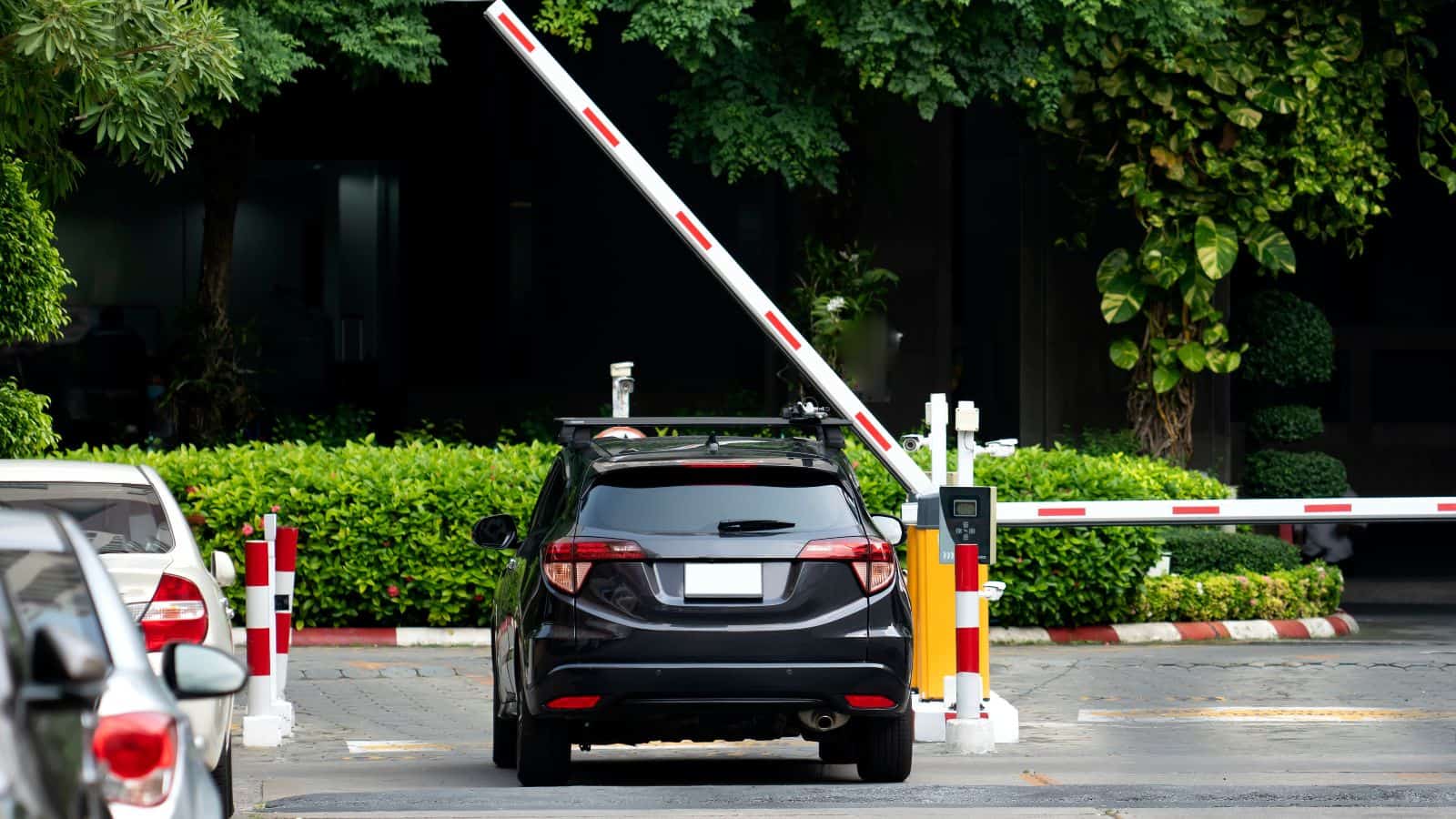
Cops will also look for blocked driveways or entrances when patrolling a neighborhood. An example of this would be a vehicle blocking a driveway and hindering another resident’s access or anyone blocking emergency access points. Be careful where you park your car!
Up Next: 20 Seriously Stunning Natural Wonders Across America

Geological wonders, diverse ecosystems, and impressive waterfalls—the U.S. is home to a huge range of breathtaking landscapes and natural wonders across its many national parks and attractions. Head to these 20 locations for true natural beauty and never-ending adventure opportunities.
20 Seriously Stunning Natural Wonders Across America
17 Places That Undercover Cops Will Always Monitor
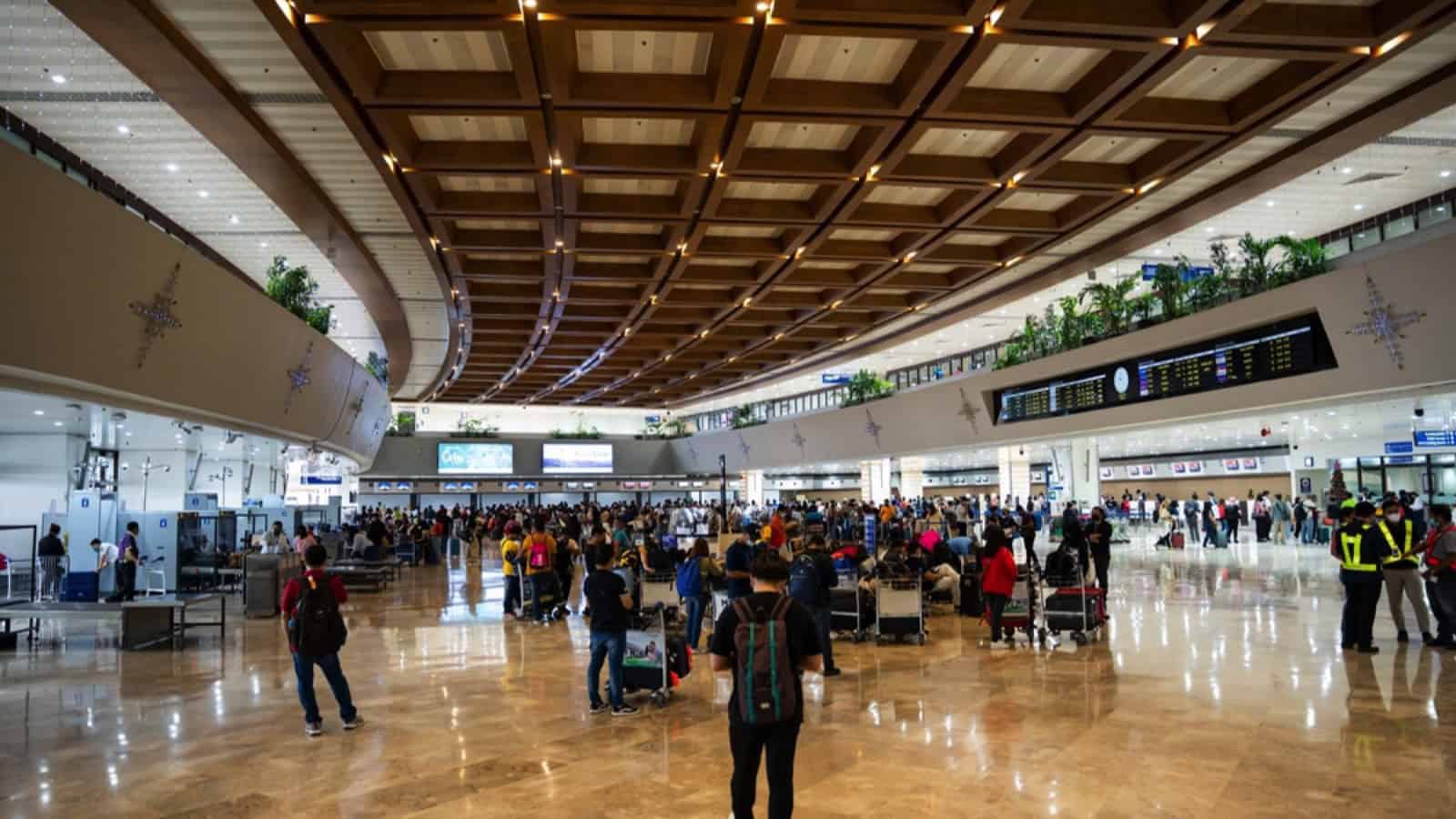
While it isn’t always obvious, undercover cops play a crucial role in maintaining public safety. They blend into the background in various locations, carefully observing and acting to prevent crime. In this article, we’ll reveal 17 places where you’re likely to find undercover cops—though you can bet you won’t see them!
17 Places That Undercover Cops Will Always Monitor
17 Things You’re Just Too Old To Be Doing Anymore

The older you get, the more fragile you are physically and mentally, so it’s important to prioritize your well-being every day. Whether you still feel young at 50 or are closer to 80, we’ve compiled 17 things you’re too old to be doing anymore.

